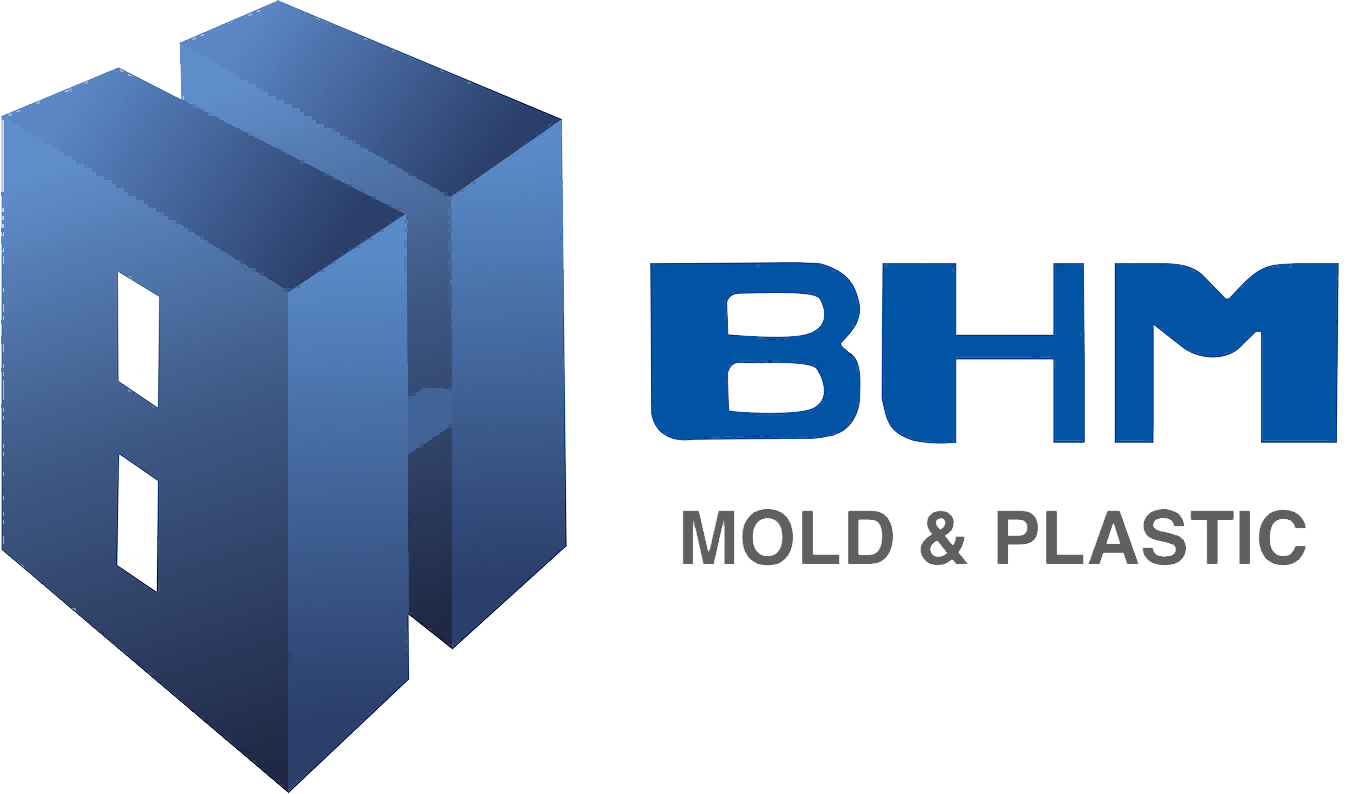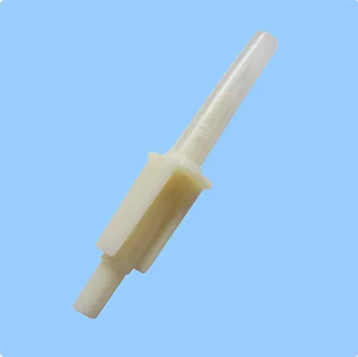Cost Reduction Through OEM Tooling Solutions
Lower Production Costs with Custom Tooling
Custom tooling helps cut down on production costs because it makes manufacturing processes run smoother. When original equipment manufacturers go with customized solutions instead of generic ones, they don't have to spend extra money fixing things mid-production. Most of the time, these specialized tools end up being worth the investment since they save money on labor costs and reduce how long machines need to be set up between jobs. Take downtime reduction as just one benefit of good tooling design. Factories that implement efficient tooling systems typically see their production output jump while spending less per unit produced. This kind of improvement translates directly into better bottom line results for manufacturing operations across various industries.
Minimized Material Waste and Energy Consumption
Good OEM tooling makes a real difference when it comes to cutting down on scrap material, which saves money on disposal fees and keeps resources from going to waste. When manufacturers optimize their tool designs, they actually cut back on how much power gets used during production runs, making the whole operation greener. Precision matters too - tools made right don't just save materials, they also help factories run more efficiently, and that shows up in the profit margins eventually. Some recent research indicates that companies managing to slash both waste and energy use through better tooling can see around 30% savings across the board, though results vary depending on what industry we're talking about. Cutting corners on waste while keeping energy costs down helps businesses hit those sustainability targets without breaking the bank, something most factory managers appreciate these days.
*[Explore the role of OEM tooling in cost reduction.](#)*
Enhanced Precision for Consistent Manufacturing Output
Error Reduction via Automated Tooling Systems
In manufacturing settings, automated tooling systems really cut down on mistakes made by people and boost accuracy across the board. The way these systems work is pretty straightforward actually they speed things up during production runs while keeping each part exactly how it should be. When companies bring automation into their workflow, they tend to see big drops in errors too. Some industry data shows error rates dropping around half sometimes. Less defects means less time wasted fixing problems later on, which saves money in the long run. Quality stays consistent throughout batches, something customers definitely notice when looking at finished goods from floor to ceiling.
Uniform Component Quality Across Production Batches
A major benefit of OEM tooling lies in keeping component quality consistent between different production runs. When manufacturing tolerances stay within acceptable ranges, customers notice and trust builds over time while meeting those important industry standards becomes much easier. Manufacturers find that OEM tooling keeps things running smoothly because everything follows standard procedures, cutting down on random variations that lead to inconsistent outcomes. Many plants actually implement Statistical Process Control methods as part of their quality checks. One factory reported seeing defect rates drop by around 25% after adopting these practices. For businesses looking to deliver dependable products without constant surprises, investing in proper tooling makes all the difference in avoiding those frustrating quality issues that nobody wants.
Scalability for High-Volume Production Demands
Rapid Adaptability to Design Changes
OEM tooling systems really matter for companies that need to keep changing designs fast when market conditions shift around. What makes these systems so valuable is the flexibility they bring to manufacturing processes, letting different industries roll out innovations much quicker than traditional methods would allow. Looking at real world examples, many manufacturers report cutting down on time it takes to get products ready for sale by somewhere between 35 to 40 percent after switching to more flexible tooling solutions. With this kind of responsiveness, businesses aren't just able to launch fresh products faster but also tweak what they already offer based on customer feedback. That gives them a solid edge over competitors who might be stuck with outdated production setups.
Flexible Manufacturing for Growing Market Needs
For factories looking to ramp up production while keeping things running smoothly, scalable OEM tooling solutions really make a difference. The main advantage? These systems can handle different batch sizes easily, something manufacturers need badly when dealing with those unpredictable shifts in what customers want. Factories that switch to this kind of setup tend to see better planning around their capacity and how they use resources throughout the plant, especially busy times when everything seems to hit at once. What we're talking about here is basically giving businesses the ability to pivot fast when markets change direction, so they meet what clients actually need without slowing down their output too much.
Improved Quality and Compliance in OEM Tooling
Meeting Global Industry Standards
OEM tooling gives manufacturers what they need to meet those important international quality and safety standards required for selling products around the world. When companies stay compliant, they avoid getting hit with all sorts of legal problems down the road. Take ISO 9001 certification for instance. Companies that get this through proper tooling processes find themselves ready when auditors come knocking, proving they take quality seriously and follow industry rules. Getting aligned with these standards builds trust among customers and partners alike. Plus it makes entering new markets much easier since most places have some kind of regulations that must be met before doing business there.
Long-Term Durability of Precision-Engineered Components
When manufacturers decide to go with OEM tooling, they're actually making a smart move for getting parts that last longer and hold up better. The tooling built with good quality materials just doesn't wear out as fast, so companies end up replacing parts way less often than with cheaper alternatives. Some research indicates that these durable tools can boost shop efficiency somewhere around 20% give or take, cutting down on those hidden costs that pile up month after month. What really matters though is how this kind of tooling keeps products looking and performing consistently across batches. Plus it helps factories run greener operations since there's less fixing needed and machines stay running without unexpected stoppages. Most plant managers will tell anyone who asks that the initial investment pays off handsomely when viewed through the lens of years rather than quarters.
FAQ Section
What is OEM tooling?
OEM tooling refers to custom-designed tools that facilitate the production process and improve efficiency.
How does OEM tooling reduce production costs?
By streamlining manufacturing processes, OEM tooling minimizes downtime and labor expenses.
What role does OEM tooling play in minimizing waste?
OEM tooling optimizes designs, reducing both material waste and energy consumption during manufacturing.
How do automated tooling systems contribute to error reduction?
Automated systems enhance precision and reduce human error, leading to fewer defective products.

